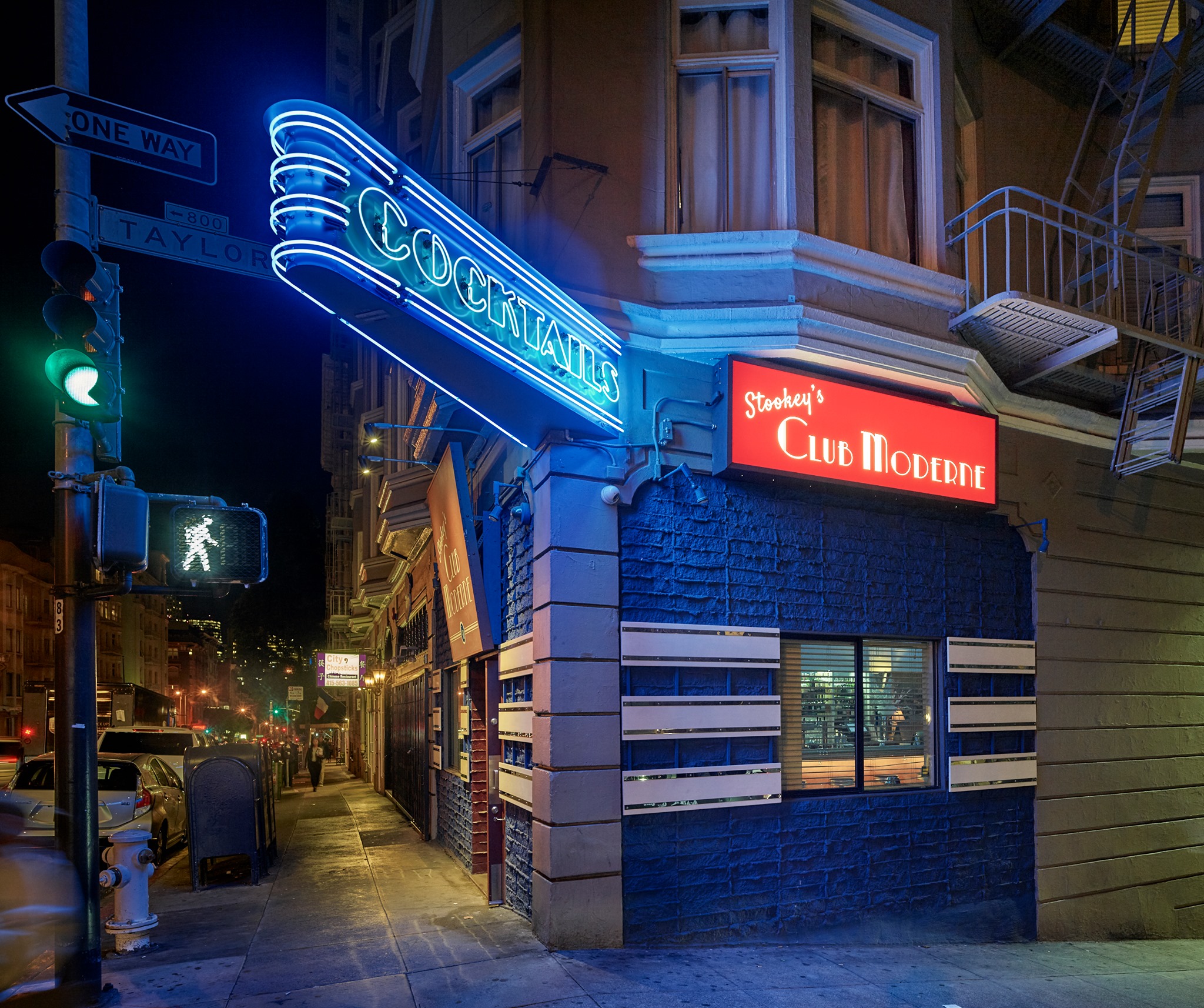San Francisco Bar Culture is History
By Curt Hopkins
It took us until our second tenure in San Francisco to figure out how to eat in the city. Here you flee from fancy food like from a rural outhouse. Fancy food in San Francisco is overhyped, overpriced, and overcooked. Like Jonathan Gold advised Angelenos, it’s best to eat at restaurants serving ethnic foods that are owned by a single person or family.
Do that and you’re unlikely to go wrong. Patronize restaurants run by “teams,” on the other hand, whose guiding principle is the “concept” and you’re on your own.
Unfortunately, drinking may be even more problematic. Not only can bars in the city be as overpriced as its restaurants, they are often even more pretentious, with that word “concept” smeared across their walls like feces on the walls of a Northern Irish prison.
Worst of all, too many of these bars seem to hire not bartenders — bartenders by definition know how to make drinks — but actors who play bartenders. I have come across bar after bar after bar in this city whose “bartenders” cannot make the most basic of traditional drinks and God help you if you don’t order one of their weird and unappealing on-menu offerings.
This started at a bar and restaurant on Treasure Island that prior to the pandemic we had enjoyed. I asked the bartender if he could make a Beachcomber. Instead of saying, “I’ll figure it out” (you know, using the bar guide a real bartender will keep behind their bar or, these days, on their phone), he said, “no.” I asked if he could make a gimlet. “No.” The hostess then said, “He works at two of the best bars in the city. If he doesn’t know them, you should ask for a different drink.”

A vodka gimlet with mint, is only peripherally related to this story, as it is a photo of a cocktail. Image via Wikimedia.
At another bar, a tiki bar (perhaps more accurately, since it wasn’t an old school tiki bar, we should call it a tiki concept), I asked for a Pisco punch. For those of you who don’t know, a Pisco punch is not just a tiki drink (or at least a drink absorbed into the tiki canon), it’s a local drink, created at San Francisco’s Bank Exchange Salon in 1854 out of brandy brought north by Peruvian immigrants. It is history itself made drinkable.
My request was met with a frustrated sigh that might have been appropriate had I asked for a Cape Gooseberry sour using Latvian Melnais Balzams. But a San Francisco tiki drink in a tiki bar in San Francisco? At least they gave it a shot and produced something drinkable, but that is literally the least they could do.
Finally, I went with several friends to a genuine old-fashioned first-wave tiki bar, one which has been around since the mid-40s. I ordered a Fog Cutter, an original created by LA’s Donn the Beachcomber. A friend ordered a new drink. Mine tasted like a lemon with lemon juice in it. I couldn’t believe how bad it was. My friend’s, she said, was wretched also, so we traded. Hers tasted like an unripe mango with lemon juice on it.
The notion of a Golden Age is a fiction I dislike and nostalgia for a time you didn’t live through is an easy way to miss the glory of the time you are living through. But given San Francisco’s history as the birthplace of so many cocktails, from the Martini to the Mai Tai to the Milk Punch, the experience of drinking in the city as an adult is to trace the decay of a drinking culture.
One could make the case that the force that powers the city’s bars is the desire of the dull-eyed tourist with his strip-mall taste. I would prefer not to be the one to make that case. Instead, I’d like to make the case that this is a city characterized by creative drinking done by imaginative drinkers.

Stookey’s Club Moderne. Image via Stookey’s Club Moderne facebook.
Bars in San Francisco would do well to look to their past if, in the shadow of the pandemic, they hope to create a successful future. Look, for instance, to Stookey’s Club Moderne. A hole-in-the-wall with polished chrome and bartenders wearing barmen’s coats that evokes “post-Prohibition San Francisco,” Club Moderne offers a comfortable but lively atmosphere with excellent cocktails, in our case a Boulevardier, named after a magazine in Paris, and a Clover Club, named after a club in Philadelphia.
In the same way a demanding readership demands, and to some degree creates, good writers, good drinkers demand inventive bartenders and those bartenders require daring bar owners. A bar designed to serve smart San Francisco drinkers will have quality bartenders, educated in both the process and the history of their trade, and brave owners willing to go beyond common wisdom.
Of course, if the city proves unwilling to take that sort of chance, there’s always L.A.
Curt Hopkins is a San Francisco-based writer and the author of THE DOG WATCHES AND OTHER POEMS. Follow him on Twitter @curthopkins.









